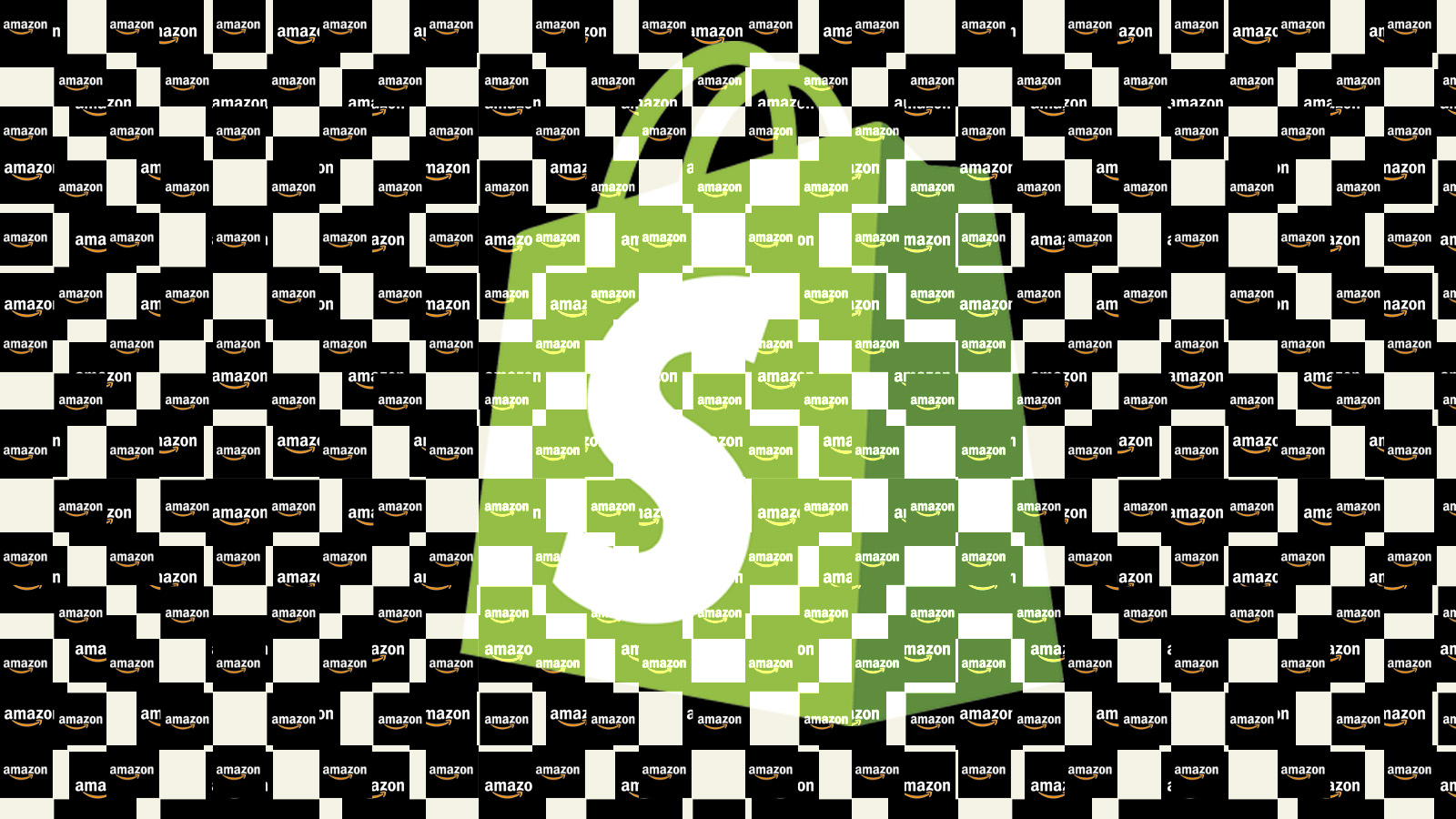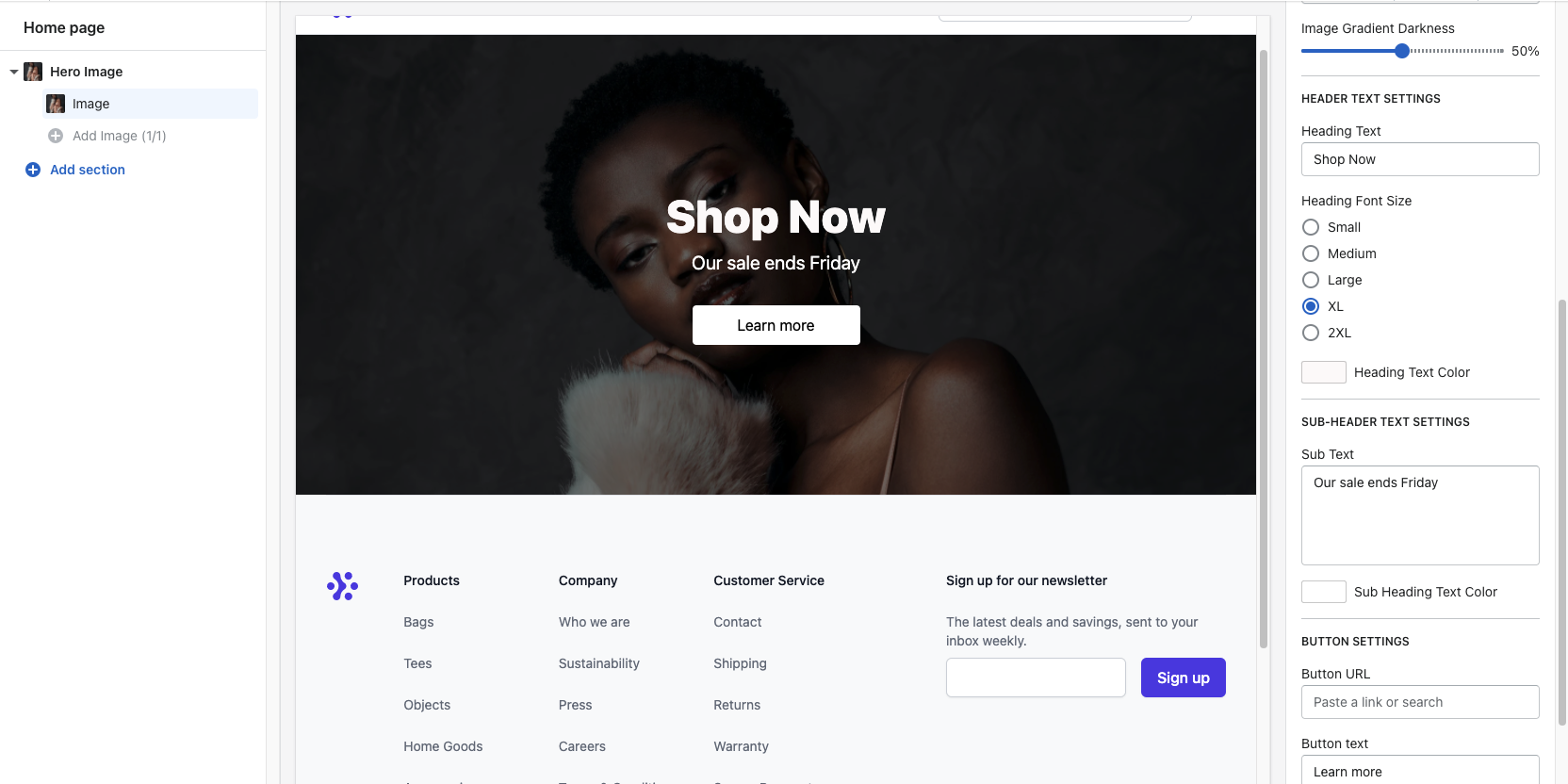Last Updated: 8/17/2021
Amazon and Shopify are both ecommerce powerhouses.
Shopify powers over 600,000 businesses which have sold over $82 billion through its powerful, easy-to-use ecommerce platform.
Amazon, on the other hand, is the world’s largest ecommerce market. In September 2020, Amazon.com had more than 2.44 billion combined desktop and mobile visits (up from 2.01 billion visits in February 2020). The platform is by far the most visited e-commerce property in the United States. Over 80% of US households have an Amazon Prime membership.
You can make a lot of money using either platform to sell your products. So, which one is best for your business? Let’s take a look.
The case for Shopify
While there are a host of independent ecommerce platforms to choose from when you launch a DTC business, Shopify is the most popular and best option. Ease of use, value, design flexibility, and features are a few areas where Shopify excels. For a deep dive on how Shopify compares to competitor platforms like Wordpress, Weebly, Wix, Squarespace and more, don’t miss this blog post.
Compared to having a storefront on Amazon, the main advantages of having a Shopify store is more control over the shopping experience and more brand ownership. Shopify gives you the ability to build your very own online store, control how it looks, and control what the customer journey looks like. On Amazon, you have comparatively little control over the format of your store and the customer experience. Plus, on Amazon, you’re competing directly alongside many other online sellers.
Another advantage of Shopify (depending on the type of business you have and what your goals are) is the room to grow. Shopify is an ideal platform for everything from small businesses just starting out up to much larger global brands, while Amazon tends to cater to individual sellers up to small and medium sized businesses.
For some online businesses, Shopify may make more financial sense. While Shopify charges a fixed monthly cost to use the platform and many Shopify apps cost money, Amazon’s FBA / storage fees and paid advertising costs may cut into margins too much.
In 2020, Shopify released new features to make it suitable for even more types of businesses in. response to challenges being faced by many business owners. The new features included:
Shopify Balance - a new account for small businesses that gives you the ability to pay bills, track expenses, and apply for funding from your Shopify admin. You also get a Shopify card, which comes with a rewards program tailored to merchants’ needs.
A new “Express” theme – designed to help non-traditional businesses (like restaurants) create an online store fast
The Shop App - a personal shopping app lets customers view their favorite Shopify stores, get product recommendations, and track orders. It’s already being used by over 16 million users!
Tipping feature - Merchants can enable tipping during checkout, or customize the text to ask for donations to your business or favorite charity.
Curbside pickup and local delivery that empowers merchants offer flexible and contact-free shipping options.
The case for Amazon
The main advantage of having an Amazon store on Amazon’s online marketplace is the volume of traffic. An Amazon storefront gives you access to millions of customers and, if your business is eligible, access to Amazon Prime members. The volume of traffic Amazon can deliver to your business makes it an unparalleled place for brand discovery and immediate sales for a young ecommerce business.
For some businesses, Amazon may make more financial sense. The disoverability, traffic, and conversion rate on Amazon may produce better margins vs. a Shopify store where you’ll need to spend money on paid ads through Google, Facebook and elsewhere to get the traffic you need.
Also, you’ll find that an Amazon Brand Store is just as easy to set up as a Shopify store, and it’s free. In just a few clicks, sellers can level up their customers’ experience by experimenting with custom layouts and pre-made templates. This feature was once limited to 1P vendors and is now available to every 3P seller registered on Amazon’s Brand Registry. Don’t miss our guide on launching and scaling an Amazon store here.
With some savvy copywriting, consistently good customer service and diligence around inventory management, you can outrank your competitors on Amazon’s online marketplace. Check out our 5 ways to outrank your competition on Amazon here and don’t miss our guide on winning and keeping the Amazon Buy Box here.
Opting into Amazon’s Fulfillment by Amazon (FBA) program gives you access to Amazon Prime customers, unlocks Amazon’s world class logistics system and lets Amazon handle the storage, packing and shipping of your products. With FBA, your customers get your product faster, and you have less work to worry about with storing inventory or interfacing with a 3PL as you would while managing a Shopify store.
Manage both with Market Labs
So, which one is better for your business? Our answer: Both.
Managing inventory, shipping, customer service and returns on two separate stores may seem daunting. Managing and scaling on these two separate platforms requires two different strategies to be successful.
Fortunately for growing ecommerce businesses, Market Labs makes scaling a Shopify store and an Amazon store simultaneously more manageable. Our time- and energy-saving tools give you an edge over the competition while also providing a pleasant product experience.
On Amazon, our advanced marketplace management and monitoring software can help you win and keep your Amazon Buy Box and de-stress the process. Our monitoring and managing tools eliminate the need for manual around-the-clock work and give you an edge over your competition. We provide a full management system around alerts so you can react quickly and efficiently to any change.
Don't be the last to know about another seller hijacking your private-label listing. Real-time monitoring is always enabled to keep your listings safe.
Even if you're still winning the buy box, be the first to know if another seller is added to your listings.
Price changes on your listings can affect sales and your bottom line. Know about them right away.
Sign up for email or SMS alerts to get notified when you're on the go. Take action directly from your alerts to modify pricing and react to changes.
Contact us to learn more about our full-service management platform for Amazon Sellers and start your 30-day free trial.



